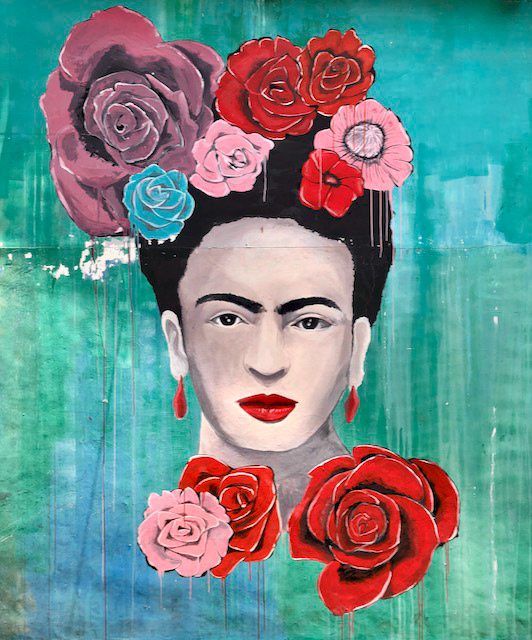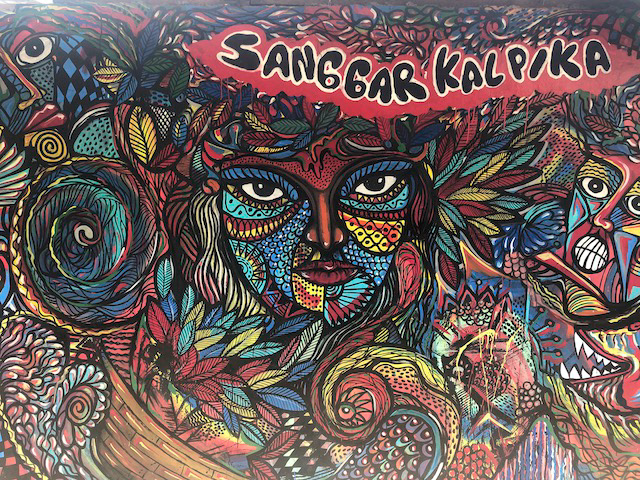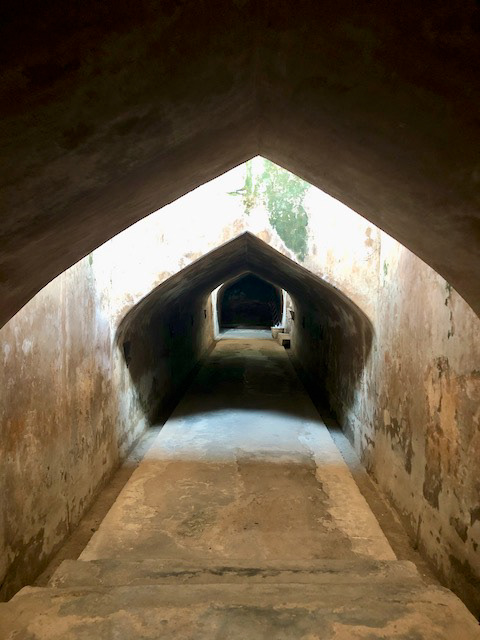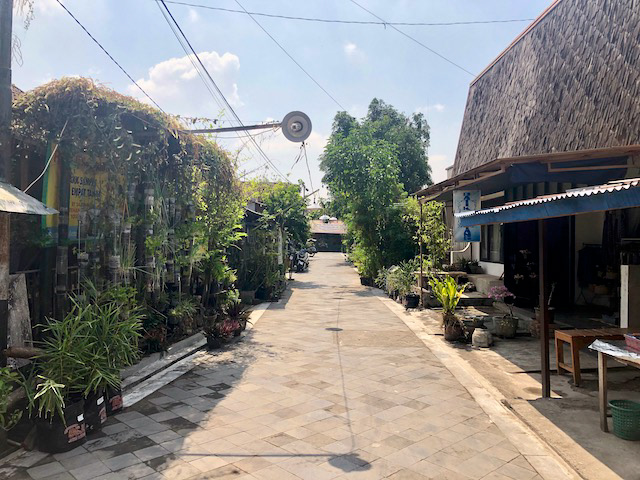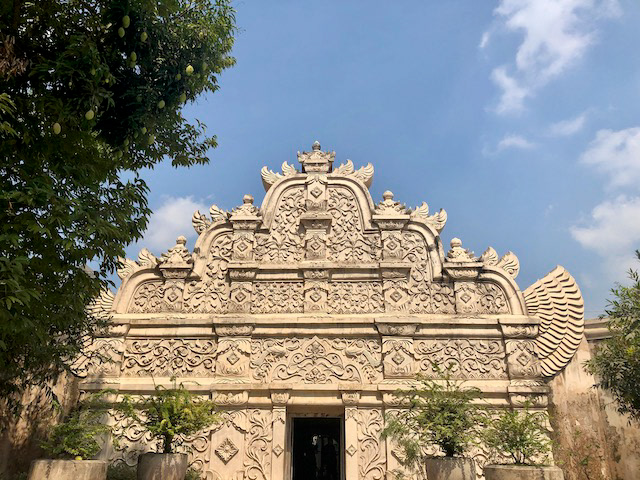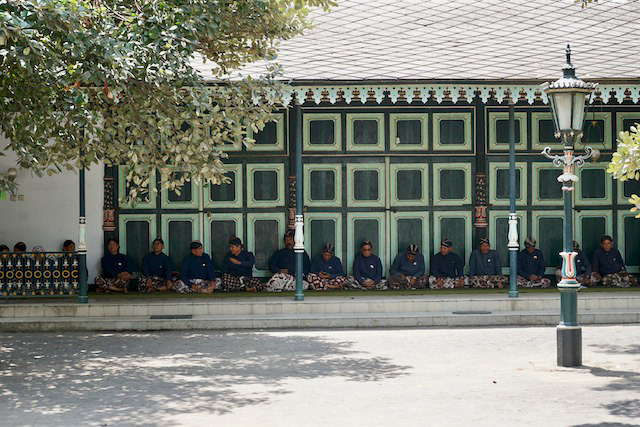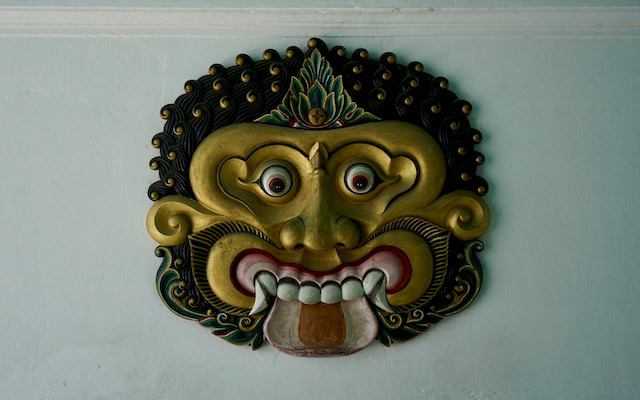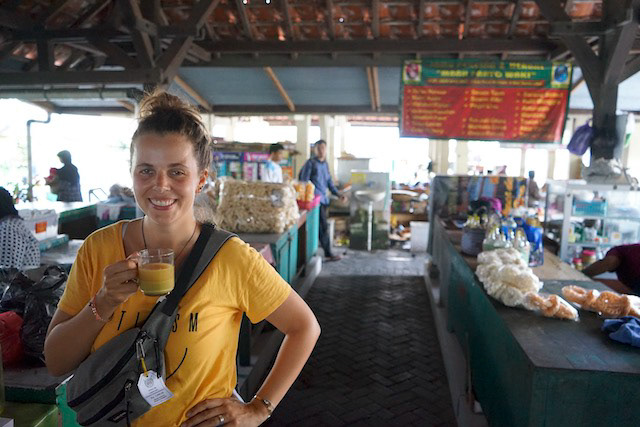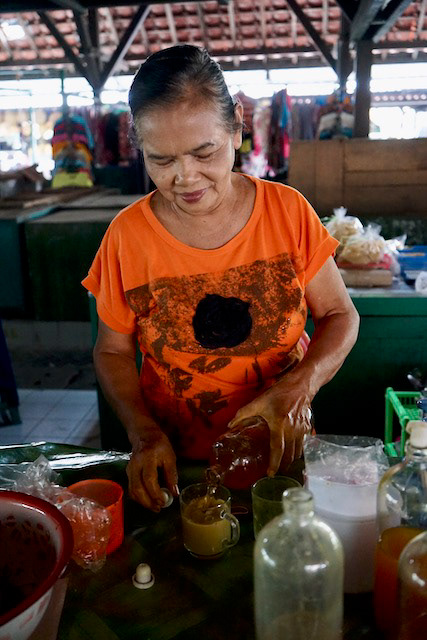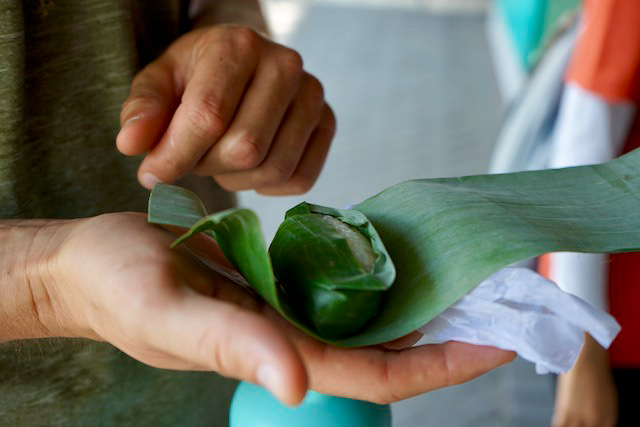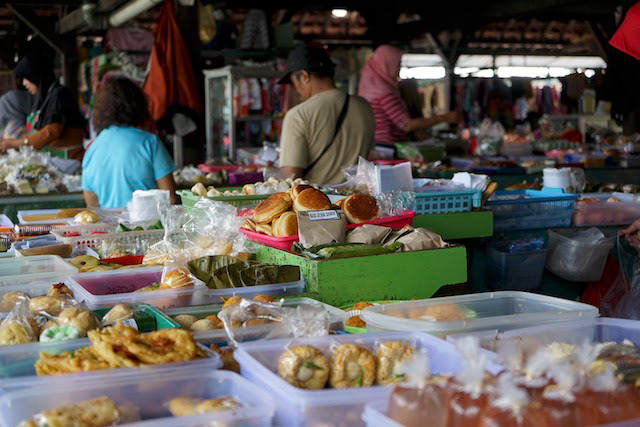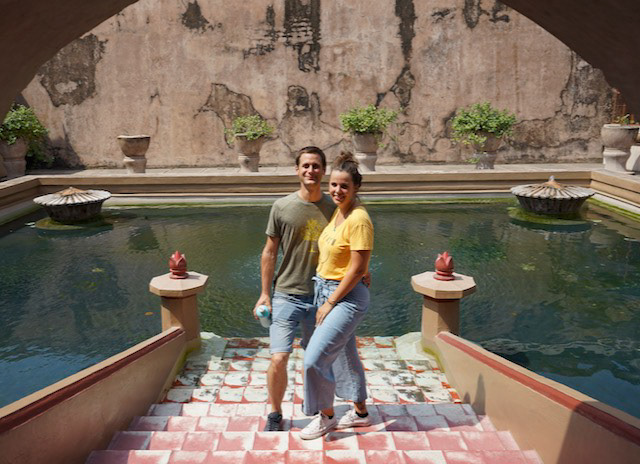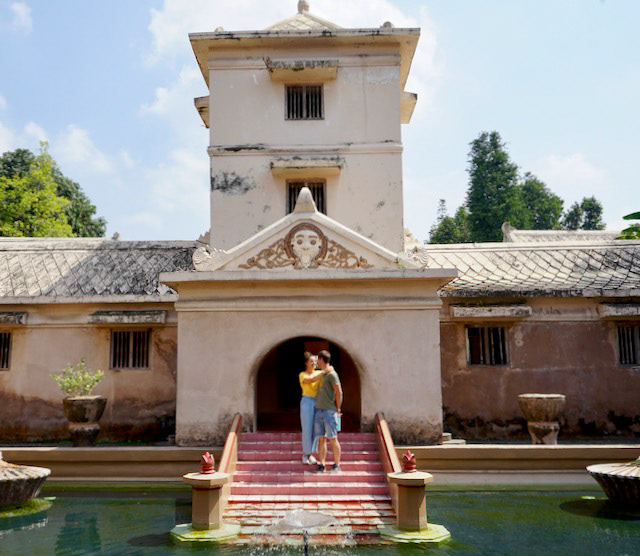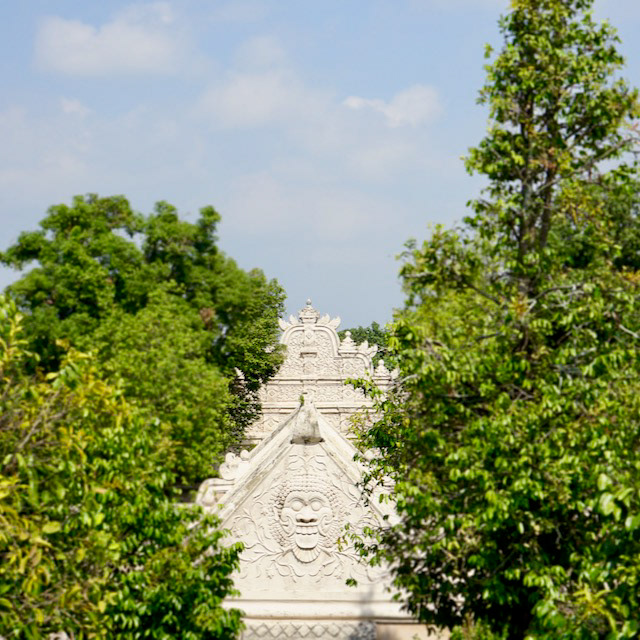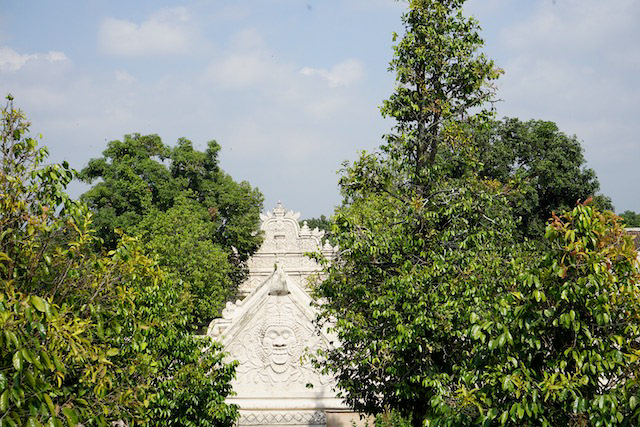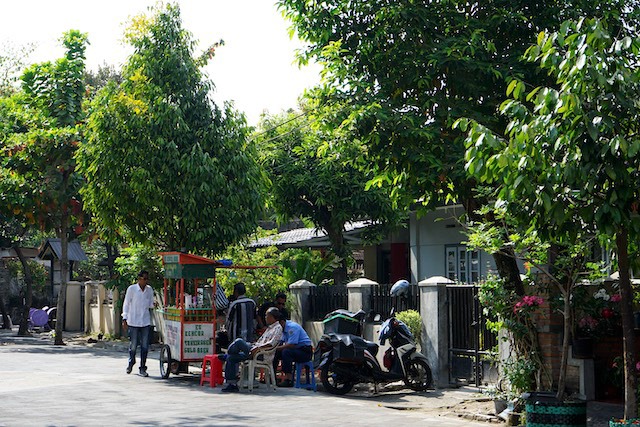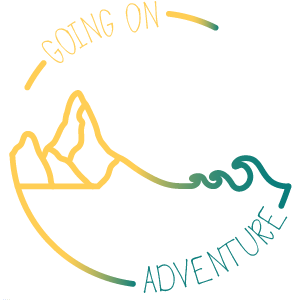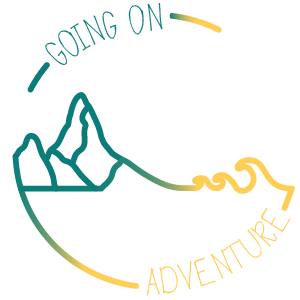If Jakarta is most of the time ignored by (foreign) visitors, Yogyakarta is depicted in all literature as a must-do. We couldn’t be left behind, so yeah, off we went, to the old Javan capital.
Instead of trying to wiggle our way to our long-distance transport the next morning by public transport, we opted for a Grab-car. The Asian counterpart of Uber, it has proven to be a very reliable and easy-to-use alternative for taxis. We still don’t understand why in Europe there’s so much backlash for it. When booking, you know the price you will pay, you have the license plate, name and picture of the driver, so you are more secure and it’s super easy to order one which is in front of you in a matter of minutes. Needless to say, we are fan! The Grab-driver brought us in a breeze towards our destination: the Gambir train station. Researching showed us that Java has a reliable and relatively cheap train network connecting all major (and even smaller) cities. We took our first train, named Argo Dwipangga, to Yogyakarta at 08:00 AM sharp. Seated in executive class – hell yeah – it was a comfortable eight hours, relaxing in the reclining chairs with a pillow and catering service. It’s nowadays unthinkable to see that many people employed on a single train in Belgium. Conductor, on-board cleaning personnel, catering personnel, etc.
Arriving on time – eat that, NMBS! – we booked another Grab to bring us to our guesthouse for the next four night: ViaVia. As soon as we knew we’d go to Java, we also knew that we’d book there. ViaVia was founded in 1995, by fellow (ex-)volunteers at our travel agency Joker (and Karavaan) with the idea to promote sustainable travels. ViaVia is the name given to independently operated guesthouses and restaurants all over the world which adhere to the PPP-principle (People, Planet, Profit). The ViaVia in Yogyakarta employs locals in two different locations: the guesthouse and, just around the corner, the restaurant with travel/trinket/gift (fairtrade) shop ánd bakery. Since it was already quite late by the time we got settled in our room, we decided to keep it easy and just go to the ViaVia restaurant for diner. But oh my, what a disappointment when the waiter informed me that the Hoegaarden on the menu was sold – or drunk – out. But hey, the ice-cold Bintang also tasted very nice after a long day of travels… And so we went to sleep in our home away from home.
On Monday morning, after an invigorating shower in the outside bathroom (bit strange, standing poodle naked only divided by the alley next to you by a bunch of bamboo sticks), we enjoyed a breakfast of eggs and toast in ViaVia’s garden. We had e-mailed with ViaVia to provide us with suggestions (and reservations) to fill our four days here, so after our breakfast we went out and met our guide Destya for this morning’s city bike tour. Pedalling through the small alleyways in Yogyakarta’s quiet neighbourhoods gave us a first – and beautiful – impression. Combined with the explanations we received, it confirmed to us why so many people visit here. After passing by the big central southern square, our first real stop was the Sultan’s old bathing complex, Umbul Binangun. After some photoshoots with the two of us and lots of Indonesians, we continued to the Sumur Gumuling, a (disused) underground mosque which was built at the same time as the garden, in the mid-18th century, commandeered by Sultan Hamengkubuwono I. Now only these two sites remain, the main building, Demang Tegis, is in ruins since the 1867 earthquake and some other parts of the complex, called Taman Sari, is completely consumed by the urban settlement Yogyakarta became. Both sites are certainly worth visiting, although I have the impression that maintenance and conservation are almost non-existing. We cycled further to our last stop, the sultan’s palace. Although it’s one of the major tourist attractions here, it’s still very much in use. Visiting is only possible till 2 PM, after that the palace closes for public because the sultan still lives here.

